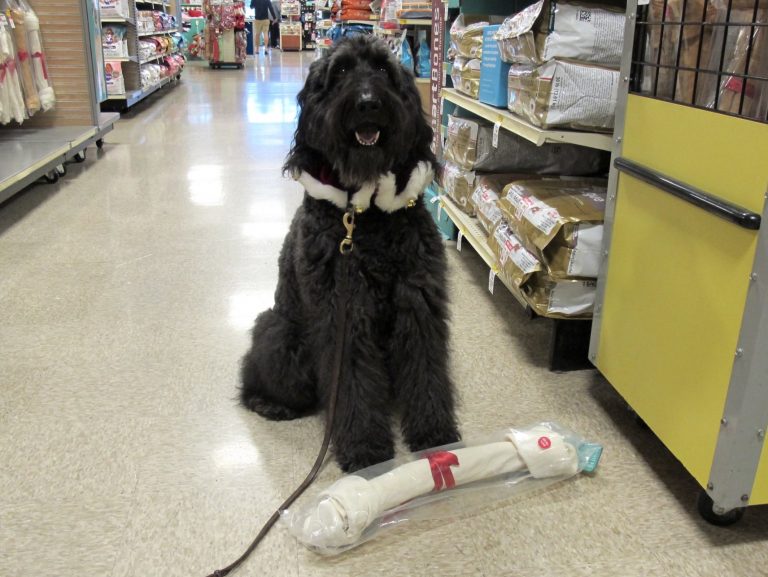Do you know that dogs have emotional life as well? Do you know they have feelings and emotions? Dogs can feel our emotions and express their own. They show their emotions when we get back home by wagging their tail. They show us when they are sad. And they know when to comfort us when we are sad. We often say that our dogs understand us completely.
But how much of that is true? How bonded are you with your dog?
Understanding the five cognitive dimensions
The five cognitive dimensions are empathy, memory, reasoning, cunning, and communication. These are all part of your dog’s emotional life and emotional maturity.
It is remarkable to think that our dogs know when we point at something they need to move in that direction. Yes, a huge part of that is training and socialization.
But it is because dogs have cognitive intelligence. For example, when they move in a direction we point, that is reading and communication.
And the most amazing thing is that dogs can do that from a young age. They are great at understanding our gestures.
In a way, dogs are very similar to kids. Here is a quick comparison.
- Dogs learn to understand and read gestures at nine weeks old. Infants can do this at nine months
- Dogs understand who their parent is. They understand their dog owner and pet parent intentions and gestures. Kids do the same, they start gesturing in a direction to communicate with their mom and dad
These are just two quick examples. But there are many more. This is why we say that cognitively, dogs are very similar to two and three-year-old children.
Our puppies can read gestures and intentions. And that is how they communicate with us. The more you understand your dogs’ cognitive intelligence, the better you can train them.
How bonded are you with your puppy?
Do you know how does your dog feels? Can you read their emotions and intentions? We said dogs have emotional life as well. Feelings are basically human interpretations of emotions.
When we talk about bonding with your dog, we talk about how do you know your dog loves you? Does your puppy come only for food?
Can you actually prove that your dog loves you? Well, let’s talk about bonding. When we talk about bonding, we have to mention an important hormone. And that is oxytocin. Also called the love drug, it is a hormone and neurotransmitter involved in childbirth and breastfeeding.
This hormone is associated with empathy, trust, sexual activity, and relationship building. We refer to it as the love drug and love hormone because levels of oxytocin increase during hugging and orgasm.
Well, this is what dogs feel when we pet them.
Test whether your dog understand you
Let’s try some simple tests to see if your dog understands you. If you want to increase your bond with your dog, you have to work with him/her. You have to train your dog. You have to enjoy spending time with your puppy. And make the time you spend together fun. Your dog doesn’t want to spend time with a boring person. Otherwise, everything else will be more fun than you.
The first test is to see if your dog understands your gaze. Call your dog, have him sit. And then, do not move anything but your eyes. Look in a certain direction. See if your dog can read your gaze.
Now here comes a bit more challenging test. That is to see if your dog can read your gestures. Hand signals are an important part of dog training. You can train your dog with your voice but also with your hands.
For this test, put two cups at a distance. Put a treat under one cup, call your dog, have him sit, and point to the cup with a treat. It is important that your dog doesn’t see which is the cup with treats beforehand. Does he read your gesture?
Here is another test you can try. For this one, it is important that your dog knows its name. Call your dog, have him sit, and then say his name and gesture to where you want him to move. Look at him as you gesture.
And last, but not least, we have the yawn test. This is a fun way to see if your dog reads your emotions. Have you noticed that when you yawn, your dog will probably imitate you or lick you? Well, that is his way of saying I feel and understand you. If your dog reacts to the yawn test, he is empathetic.







